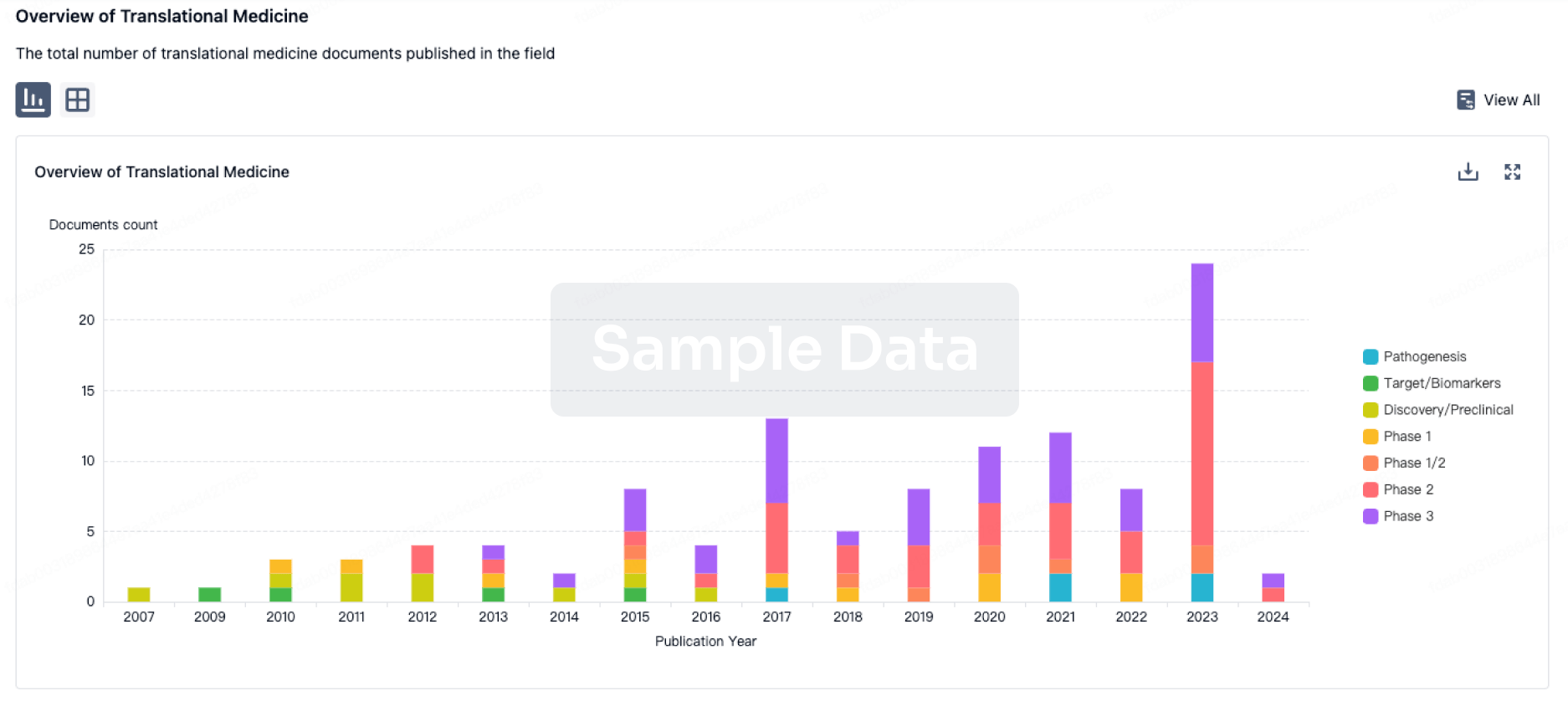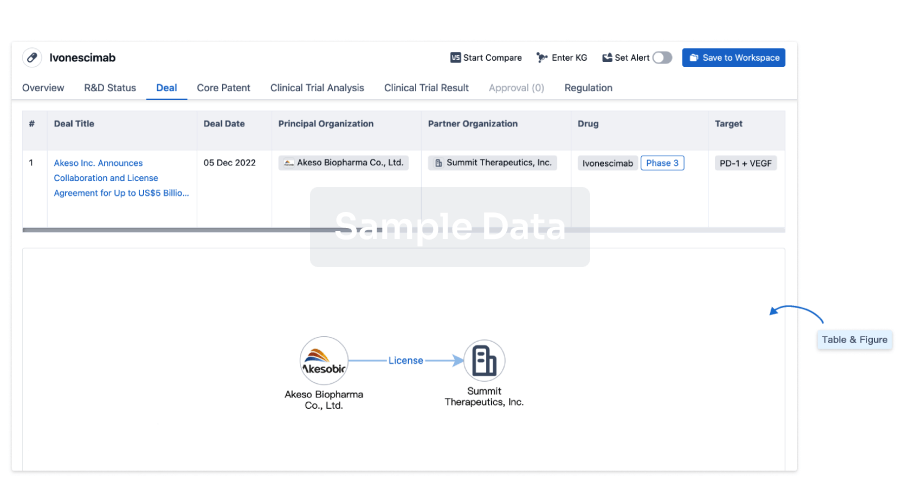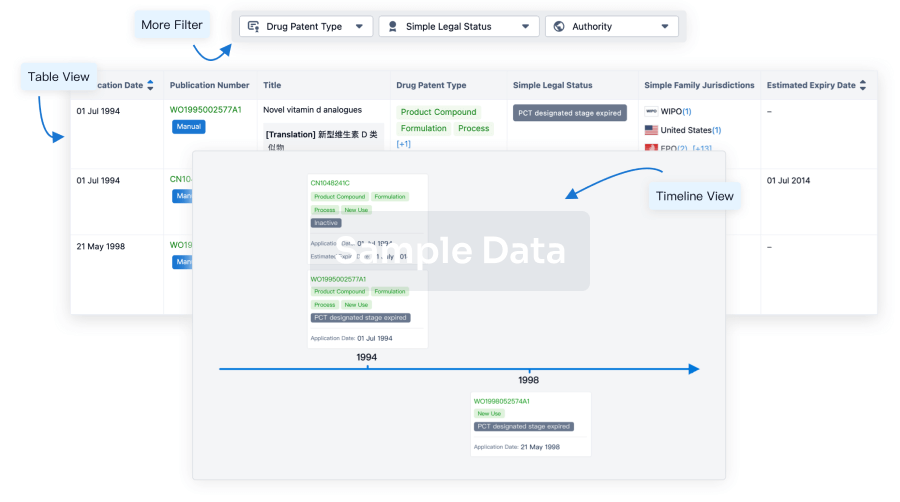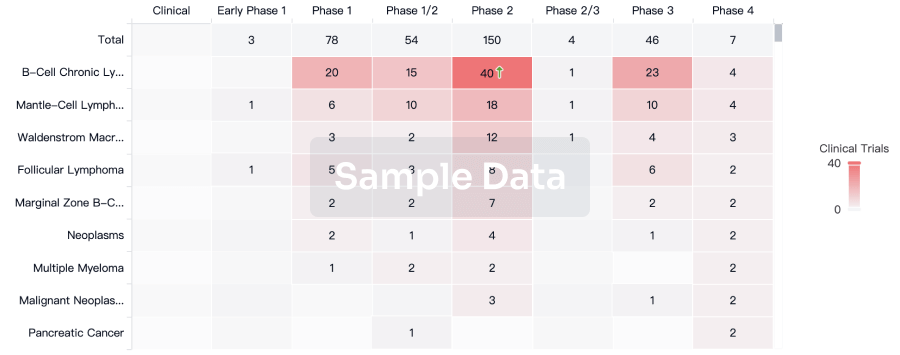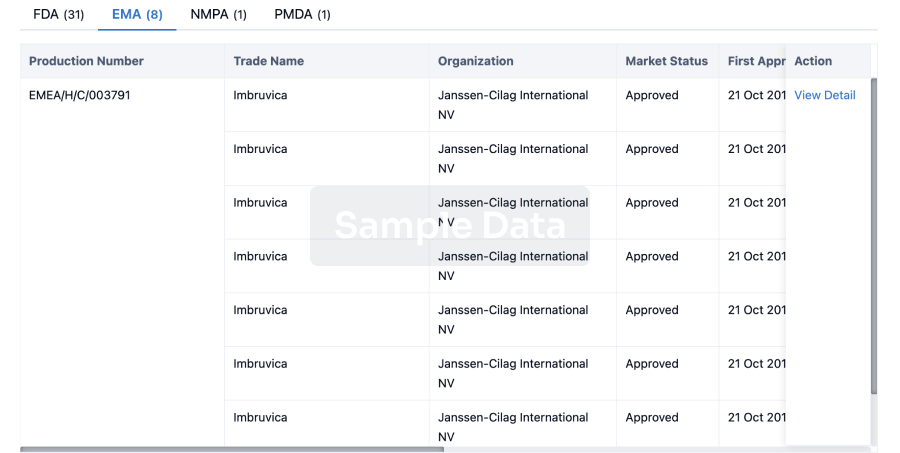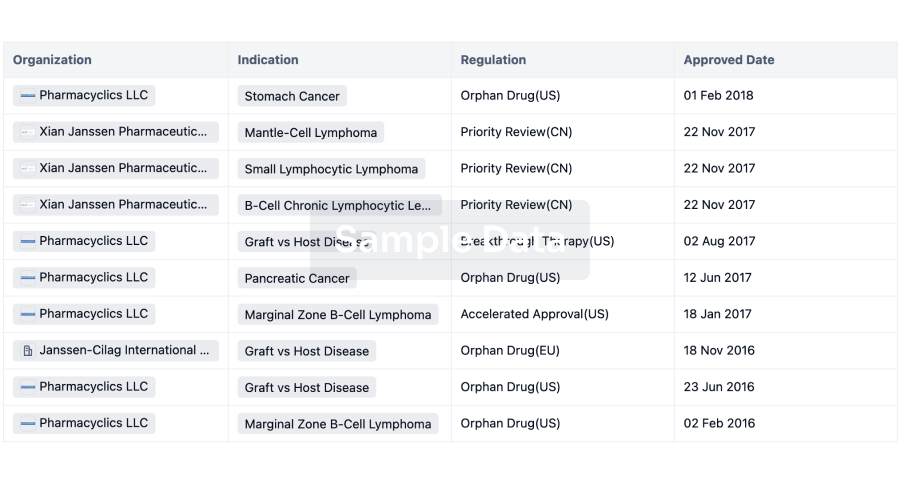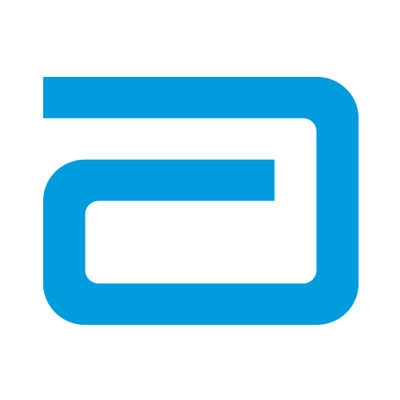March 30, 2015
By
Riley McDermid
, BioSpace.com Breaking News Sr. Editor
Rumors that Irish biopharma
Shire Pharmaceuticals
may be buying up
BioMarin Pharmaceutical Inc.
have several
Wall Street
traders closely watching both companies this week for news of a deal, a source close to the news told
BioSpace
exclusively, as whispers continued from last week sent
BioMarin
’s share price on a rollercoaster ride from a gain of 15 percent to a now-resting price of $129.14.
That news didn’t surprise one market player, who asked not to be named because a deal may not be public yet.
“
BioMarin
has been at the top of my take out list,” said the source. “That’s one of the reasons I initiated earlier this year. The fit with
Shire
seems obvious.”
The saga began with a Thursday evening blog post for blog Betaville, in which
Ben Harrington
said
Morgan Stanley
and
Lazard
are advising
Shire
on a $65 billion acquisition of San Rafael, Calif.-based
BioMarin
.
So far, both companies refused to comment, saying they don’t speculate about market rumors, and sources on both the trading and corporate side say a deal is highly possible.
Mark Schoenebaum
, a biotech analyst and medical doctor with
ISI Evercore
, said in a note earlier this spring exactly why
BioMarin
would be such an attractive target for any larger company looking to get a toehold in the rare disease market.
“Overall, we are bullish on the following pipeline products: PEG-PAL for PKU - potential to transform quality of life of PKU patients, and neurocog endpoint offers upside; BMN 111 for achondroplasia--one of BMRN’s largest markets, no dose-limiting toxicity so far, clinically significant anthropomorphic measurements would represent upside to numbers; BMN 190 for CLN2--strong initial data from open-label study, single Phase 1/2 trial likely sufficient for approval given disease severity; Drisapersen for DMD--first-in-class is key in US, IP likely prevents eteplirsen from marketing in EU, BMRN’s global network is an advantage Ex-US,” wrote Schoenebaum in a Jan. 28 note.
“Whereas we are cautiously optimistic on: BMN 673 for BRCA cancers,” he said, “preclinically best-in-class but clinical efficacy and safety have yet to be verified in larger trials.”
BioMarin Pharmaceutical Inc. (BMRN)
’s
acquisition
in late November 2014 of
ProSensa Holding N.V.
(RNA)for $680 million, plus up to $160 million in contingent milestones payments, is a solid deal for investors as long as
ProSensa
’s drug candidates complete crucial trials, said
Jeremiah Shepherd
, a biotech analyst for
Credit Suisse
, Nov. 25.
“Contingent Value Rights agreements appear achievable to us: We arrive at a premium to the offer price by probability adjusting the NPV of the anticipated CVRs by 80 percent,” wrote Shepherd in a note to investors. “We believe that both CVRs are achievable as RNA should have additional data to supplement the expected NDA and MAA filings ahead of the potential approvals.”
Under the terms of the deal,
BioMarin
will buy all of
Prosensa
’s issued and outstanding shares and all ordinary share equivalents with cash for $17.75 per share. There are then two built-in regulatory milestones that will have to be met before the
Prosensa
can cash in: The first for U.S. approval of drisapersen in the U.S. no later than May 15, 2016, and the second for approval in Europe no later than Feb. 15, 2017.
Those milestones theoretically appear achievable, said Shepherd in his note. “Rolling NDA still on track for completion in first quarter of 2015. The final module is still expected to be submitted in the first quarter of 2015 and is likely to be evaluated under a priority review,” he said. “The CVR for U.S. accelerated approval has a deadline of May 15, 2016 which should provide sufficient breathing room to address any issues the
FDA
may have with the NDA filing.”
Both companies look to be on track for approval from global regulators, said Shepherd, as
BioMarin
’s massive size is likely to help
ProSensa
navigate what can sometimes be tricky international regulatory standards.
“EU filing now sometime in 2015,” he said. “The MAA is now expected to be filed in 2015, which provides a broader window than previous guidance of the first quarter of 2015.”
Speculation about who in Big Pharma could go shopping in 2015 is continuing to mount, after a record year for acquisitions in the biotech sector has industry players wondering if large companies like
Pfizer Inc.
and
Actavis plc
will be stepping up buying activity in the next few months.
Analysts, bankers, venture capitalists and much of
Wall Street
is continuing to vet possible acquisition scenarios, with one of the primary topics snap-on buying, said some sources Wednesday.
“The only real place they can find growth is through acquisition,” said
Jeff Stute
, head of health-care investment banking at
JP Morgan Chase & Co.
Bloomberg
has reported that drugmakers saw a record $234 billion of acquisitions in 2014, three times the number completed in 2013
“2014 was clearly the year of the big deal,”
Rich Jeanneret
, Americas vice chair of transaction advisory services at
EY
in New York, told the news service. “I think that’s going to persist in 2015 because there’s much more confidence in the M&A ecosystem.”
Large companies will continue to look for ways to buy snap-on targets that have existing pipelines and technologies, said market watchers, including the always-hot oncology sector, where
Pfizer
paid $850 million in 2014 for the rights to
Merck KgaA
’s immunotherapy cancer drug.
“There’s a new norm in the larger companies in the industry of outsourcing innovation,” said
Kevin Starr
, co-founder and partner at Boston-based
Third Rock Ventures
, told
Bloomberg
.
“Oncology’s still the king of the hill and commands the broadest and deepest interest among buyers,” added Stute.
The question of how to pay the least tax possible, particularly after a bruising year when American lawmakers tightened efforts to move abroad to avoid taxation, will also come into play.
“Funds which have a lot of money are looking for more opportunities, and they’re going to look at the biotech and specialty pharma space,”
Myles Clouston
,
Nasdaq
’s senior director of advisory services, told
Bloomberg
.
The
Nasdaq Biotechnology Index
was up 34 percent at the end of 2014, a huge leap compared to the
S&P 500 Index
’s gain of only 11 percent. It has since trimmed those gains but remains up 40.15 percent year-over-year.
“We are not hearing anything that would suggest a decrease in acquirers’ M&A appetites heading into 2015,”
Joe Rosenberg
, a
Nasdaq
biotech and health-care specialist, told
Bloomberg
.
The billion dollar question of the moment appears to be whether
Pfizer Inc.
will take another run at acquiring Chicago-based
AbbVie
now that it’s “cooling off” period has ended.
Ever since
Pfizer
’s May 2014
bid
worth $119 billion for British company
AstraZeneca PLC
fell apart, rumors have swirled over a possible replacement target.
Pfizer
’s interest in
AstraZeneca
was at least partly due to its
tax domicile
in the U.K., which would have cut
Pfizer
’s tax load. But changes in U.S. tax policy regarding so-called “tax inversion deals” have made these types of acquisitions less worthwhile.
In October
Pfizer
announced
a stock repurchase plan of $11 billion in conjunction with a previous $1.3 billion share repurchase program. Analysts suggested that this was an attempt to strengthen the company’s stock value.
Pfizer
also has a number of patents ending, which will make the company more vulnerable to inexpensive generics.
Other possible acquisition targets for
Pfizer
have been UK-based
GlaxoSmithKline
, Dublin-based
Actavis plc
and New York-based
Bristol-Myers Squibb Company
.
Bristol-Myers
is
valued
at $81 billion.
Neither a
Bristol-Myers
or
AbbVie
deal would offer
Pfizer
any tax-inversion benefits, with primary headquarters in the U.S. A deal with
Bristol-Myers Squibb
would help
Pfizer
in the oncology market, in which the company has expressed interest.
AbbVie
’s strongest product is the rheumatoid arthritis medication Humira, with sales projected to rise by 20 percent by 2020.
AbbVie
has also recently
received
promising news for its hepatitis C virus treatment, VIEKIRAX + EXVIERA. The compound was granted positive opinions by the
European Committee for Medicinal Products for Human Use (CHMP)
of the
European Medicines Agency (EMA)
. A final decision is expected in the first quarter of this year.
AbbVie
also had plans for acquiring Dublin-based
Shire PLC
for $54 billion, but killed the
deal
after the
U.S. Treasury Department
changed its tax-inversion regulations. Analysts have speculated that potential alternate targets could include
Cubist Pharmaceuticals, Inc.
and
NPS Pharmaceuticals, Inc.
.
Shire
acquired
a $1.64 billion break-up fee from
AbbVie
and recently arranged a $2.1 billion loan facility. Analysts have speculated that
Shire
may also be interested in Bedminster, N.J.-based
NPS Pharmaceuticals, Inc.
Shire
focuses on neuroscience, rare diseases, GI and internal medicine. They are best known for ADHD medications and ulcerative colitis drugs.
